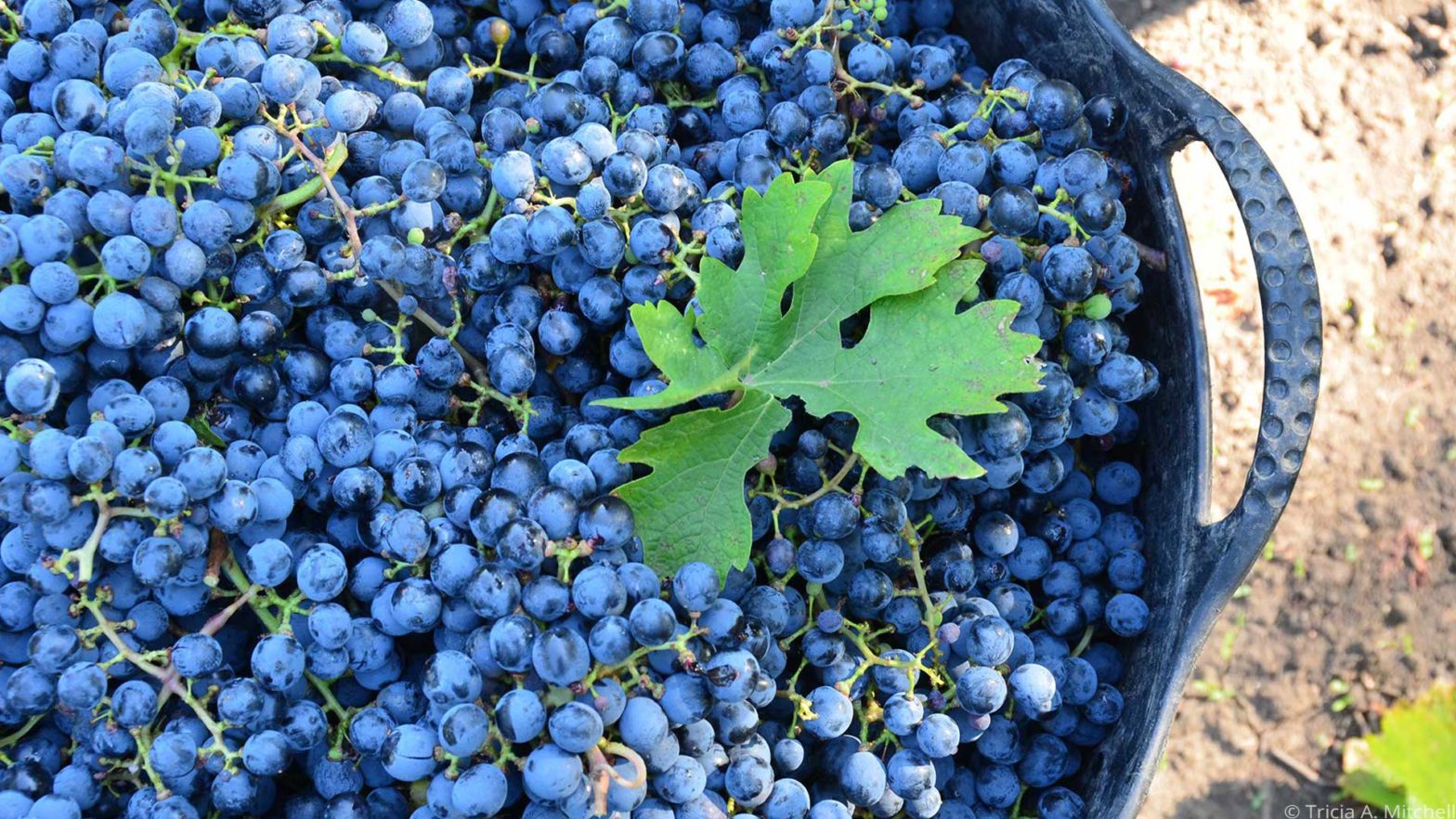COVID-19 is changing everything. It is changing the way we work, the way we socialize, and the way we shop.
It is also producing more food waste.
The coronavirus is having an impact on the entire food supply chain. It is leading to agricultural labor shortages, distribution bottlenecks, and hoarding.
These disruptions are lengthening the time between farm and fork, resulting in more food spoilage.
However, we can do something about it.
Background
In the United States, roughly 40% of all harvested food is wasted.
This figure does not include the almost 3 billion kilograms (6 billion pounds) of fruit and vegetables that go unharvested because the food was not the perfect shape and considered “ugly.”
However, ugly produce is not the main source of the problem. The bulk of food waste happens inside our own homes.
The average American household of four wastes food valued between $1,365 and $2,275 every year.
This financial loss will become more painful as the global recession deepens.
Here are a few ideas on how you can save on your food costs and protect the environment during this challenging time.
Stop The Impulse Buying
One of the first things consumers can do to save money and waste less is to stop impulse buying.
Don’t give in to marketing ploys designed to get you to buy more food.
Instead, plan your meals and generate a shopping list before you visit the store.
This will also minimize the amount of time you have to spend sharing the air with others at the supermarket.
Understand Expiration Dates
The “Best By,” “Use By,” and “Sell By” dates on food products are not federally regulated, except on baby food.
They are merely suggestions.
This means food past the “best/use/sell-by” date may still be consumable.
However, these “expiration” dates do suggest the beginning of a decline in the product’s quality.
While many foods will be safe past these dates, it’s important to use your best judgment.
If you have any questions regarding the safety of your food, consult the official U.S. government website for food safety.
The Freezer is Your Friend
An abundance of seasonal fruits and vegetables often leads to food waste.
However, there may not be a bounty this season.
Many crops are going unharvested due to labor shortages from the coronavirus.
This harvesting challenge ranges from fresh berries and asparagus in Europe to kiwifruit in New Zealand.
If you’re lucky enough to find yourself with an excess of fresh produce on hand, prep it and pop it into the freezer.
It will be just as delicious when you thaw it.
Lovin’ Leftovers
My wife, Tricia, and I are always talking about the inordinate amount of time consumed by food shopping, preparation, and cleanup.
As a result, when we cook, we often cook in abundance so that leftovers are available.
Few things are more satisfying than opening the refrigerator at mealtime to see something microwavable.
This also applies to your Glovo or Uber Eats delivery. Try to order something that will be just as tasty tomorrow.
Smaller Portions
We can probably all stand to reduce our food portion sizes.
I managed to lose about nine kilos (20 pounds) by simply eating less.
By reducing how much you put on your plate, the less likely you will waste.
You can always go for seconds if you’re still hungry!
Smaller Refrigerators
Often times our refrigerators are a major source of food waste.
Larger fridges often lead to food getting pushed to the back and out of sight.
I recently wrote about the virtues of smaller refrigerators for The Savvy Retiree.
Smaller fridges may not be viable for every household, nor ideal for once-a-week shopping in the coronavirus era.
However, a smaller refrigerator may be something to consider when you need to replace your existing model.
Saving Money and Wasting Less
Tricia and I have been traveling for many years. As a result of frequently moving around, we’ve gotten quite good at estimating how much food to buy so that we don’t waste.
We’re not perfect at it. However, I would estimate that we throw away less than 1% of our food.
By wasting less food, we are saving both money and the environment.
That feels good all the way around.

Share your thoughts…